For pet owners, there's no higher priority than ensuring our feline friends enjoy a healthy and comfortable life. However, many of us have experienced the age-old struggle of trying to give a cat a pill! Whether it's a daily vitamin, a treatment for a temporary ailment, or a prescription medication, convincing your cat to swallow that tiny tablet can be daunting. But don't worry, we're here to help!
In this blog post, we'll share all the pro tips and techniques to make the pill-giving process as smooth as possible. We want to ensure your cat stays healthy and happy! If you have never given a pill to a cat before, we highly recommend asking a vet or vet nurse to show you how to give a cat a pill safely for both you and your cat.
Considerations Before Giving Pills To Your Cat
Always Consult Your Veterinarian!
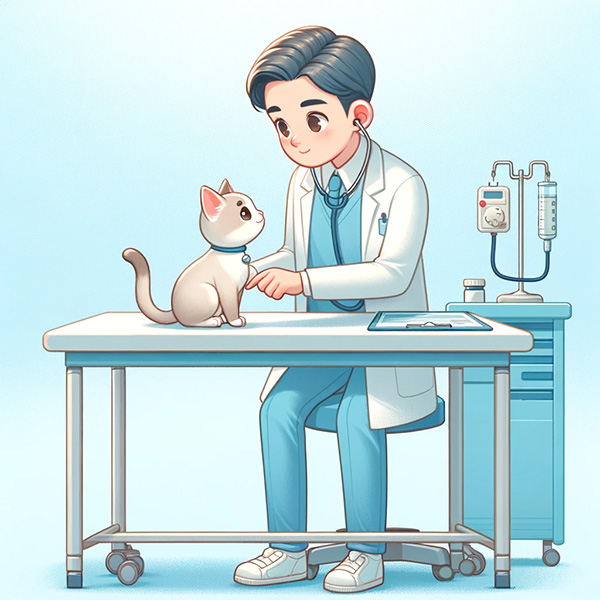
Consulting your veterinarian is the critical first step! They will thoroughly examine your cat, diagnose the underlying issue, and prescribe the appropriate medication. Your vet's expertise ensures your cat's medication is tailored to their specific condition and health status.
Type Of Medication
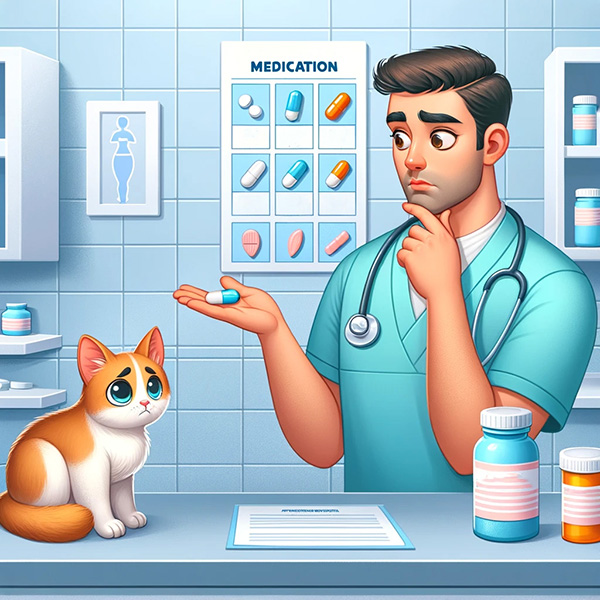
Understanding the type of medication is essential for ensuring its proper administration. Some medications are available in various forms, including pills, capsules, or liquids. Ensure that you have the correct form of medication that your veterinarian prescribed. Mixing up medication forms can lead to ineffective treatment or potentially harm your cat.
Dosage
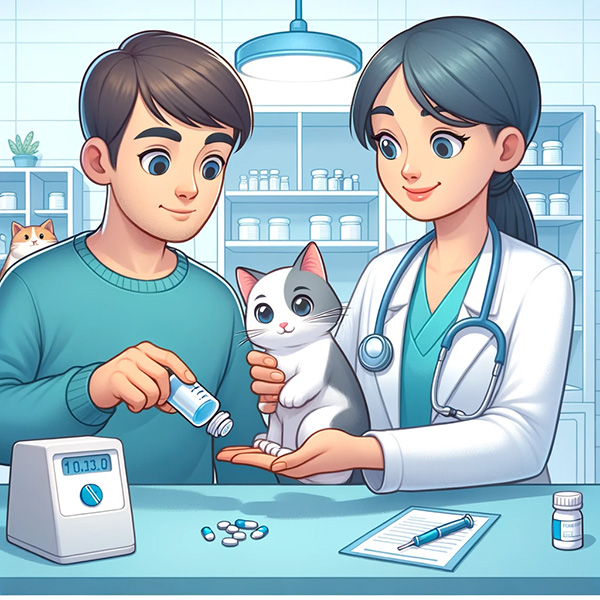
Accurate dosing of your cat pills is paramount. Your veterinarian will provide precise guidelines regarding the dosage and frequency of administration. It's imperative to adhere to these dosing instructions meticulously. Using the wrong dosage can result in under-treatment or over-treatment, both of which are undesirable.
Food Or Fasting?
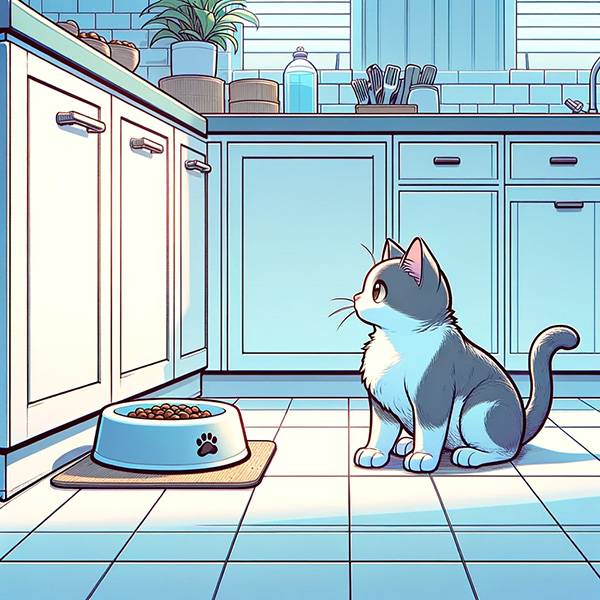
Medication requirements regarding food can vary. Some medications should be given with a meal to reduce stomach upset, while others must be administered on an empty stomach for optimal absorption. Always follow your vet's guidance on whether your cat should eat before or after taking the medication. Clarify whether fasting needs to be complete or if some nutrient-dense liquid (such as tuna juice) can be paired with the medication.
Crushable Or Not?
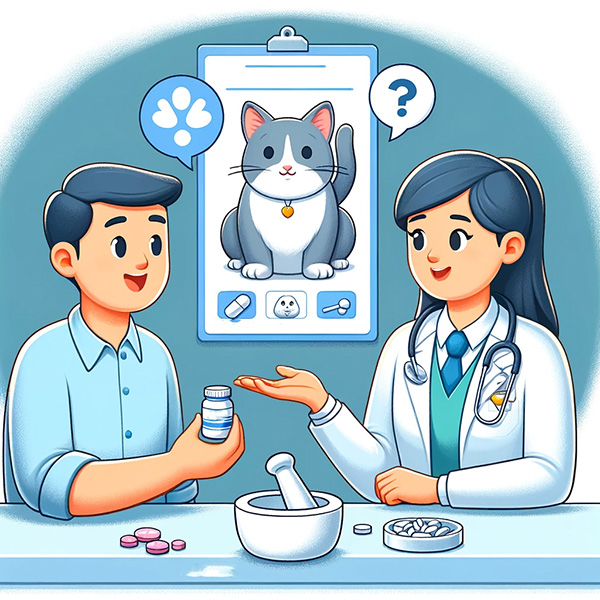
Check with your veterinarian to see if the pills can be crushed or split. Crushing can be a helpful technique for cats who struggle to swallow whole pills and would do better with a small piece. It's important to note that not all medications are appropriate for crushing. For some, it can affect their effectiveness or cause adverse reactions.
Use Of Pill Aids
There are various pill aids, such as pill pockets or commercially available pill dispensers, to make the process smoother. These are designed to mask the taste of the medication, rendering it more appealing for your cat. They're often a welcome alternative to giving a pill directly! Consider trying different options to see which one your cat prefers.
Patience And Calmness
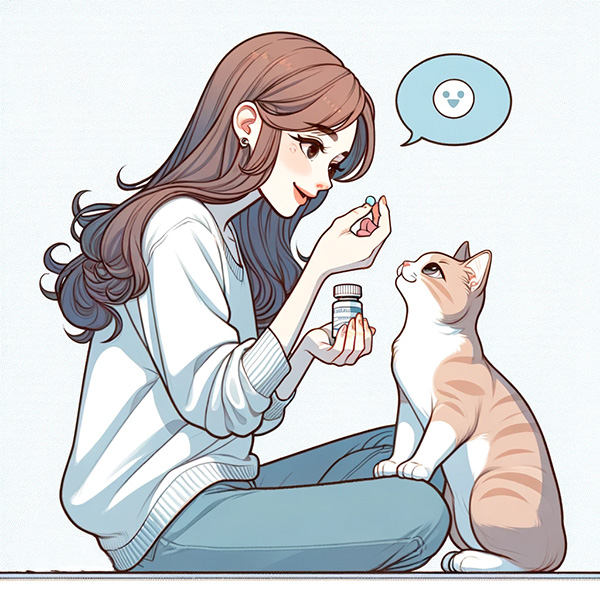
Many cats are sensitive to changes in their routine! Approach the process with patience and a composed demeanor. Offer positive reinforcement through verbal praise, a few treats, or playtime to reward your cat for cooperation. In time, your cat may associate giving pills with a pleasant and pleasurable experience!
Monitoring

Keep a vigilant eye on your cat's behavior and condition while on medication. Document any changes, improvements, or concerning developments. Maintaining regular communication with your veterinarian is crucial for evaluating the effectiveness of the treatment and making any required adjustments.
How To Give A Cat A Pill: A Step-By-Step Guide
Now that you've sorted out the details of your pet's medication, it's time to give your cat the pill!
Step 1: Gather Supplies
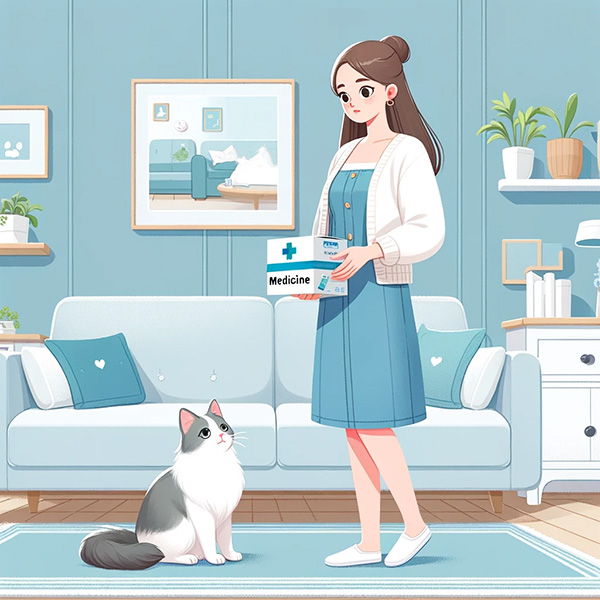
Before you begin, ensure you have everything you need. This includes the medication your veterinarian prescribes, a pill gun or pill popper specifically designed for cats, a small towel or blanket, and a tasty treat your cat loves. Having all these items within arm's reach will make the process smoother. Always ensure that you read the medication's label carefully before administering a pill to your cat.
Step 2: Prepare the Pill
If your cat's medication is in pill form, you need to prepare it for administration. You can use a pill dispenser, a handy tool designed to hold the pill securely and make it easier to place in your cat's mouth. Alternatively, you can use a pill pocket, a soft treat with a hollow center where you can hide the pill. Does your pill need to be crushed or split? Use a pill crusher or splitter to break the pill into the size you need.
Step 3: Choose Your Moment
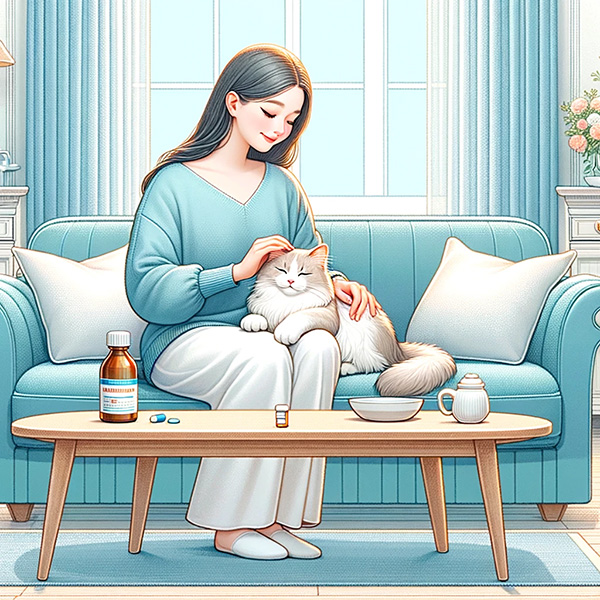
Timing is crucial when giving your cat a pill! Select a quiet and comfortable location where you and your cat can both relax. Avoid areas with distractions or loud noises. Opt for a time when your cat is calm, such as after playtime or when they're content after a meal. If your cat is getting stressed, give it a few treats and gently stroke them to soothe them.
Step 4: Approach Calmly
Approach your cat confidently, and stay calm. Speak to your cat in soothing tones to provide reassurance that everything is okay. Avoid sudden movements or any signs of nervousness, as your cat can pick up on your emotions.
Step 5: Administer the Pill
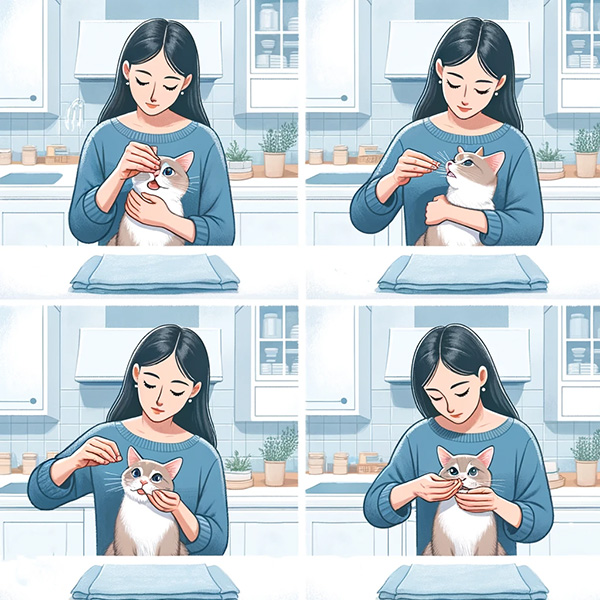
There are numerous methods for giving your cat a pill! You can place the pill into the cat's mouth directly, using either your finger or a pill gun. Mix a crushed or powdered pill into the cat's favorite food. Or, you can break the pill into small pieces and hide it inside of a soft treat.
If you are using a whole pill:
Hold your cat gently and position them against your chest, ensuring they are secure but not overly restrained. Lay down a towel or blanket on a flat surface, such as a table or counter. This helps prevent your cat from slipping and provides a non-slip surface. Utilize one hand to gently hold your cat's head in place, positioning your thumb and index fingers on either side of the jaw. Gently open the cat's mouth as you tilt the head upward. Use the same hand to carefully open their lower jaw, allowing their mouth to open.
Place the pill in your dominant hand. Use your index finger to try to place the pill toward the back one-third of the tongue to elicit an automatic swallowing reflex. Using a pill popper instead of your index finger? Ensure that the pill is situated as far back on the tongue as possible.
Following this, gently close your cat's mouth. Keep the mouth closed as you bring the cat's head back to its usual position.
Close your cat's mouth, then gently rub your cat's throat for a few seconds. Afterward, return their head to its normal position and wait for them to lick their lips, a sign that they have swallowed.
If you are using food:
Measure out a small portion of wet cat food, canned food, or baby food to conceal the crushed pill completely. The food should be enough to entice your cat but not too much to risk them not finishing it.
Sprinkle the powdered medication onto the wet cat food. Ensure it's evenly distributed throughout the food. If it's a tablet, you can hide it directly in the canned food or grind it into powder form. For capsules, open the outer capsule and sprinkle directly into the food.
Offer the medicated wet food to your cat. Place it in their regular feeding dish or a clean, shallow bowl. Add a little tuna juice or chicken broth if your cat won't eat it.
If you are using soft chew treats:
Take one of the soft chew cat treats and gently split it in half or into smaller pieces. Ensure the cat treat portions are large enough to conceal the powdered medication completely.
Sprinkle the powdered medication onto one of the treat halves. Make sure it's evenly distributed over the treat. For tablets, you can either grind into powders or use the tablet as is.
Place the other half of the treat on top of the one with the medication, effectively sandwiching the powdered medication in between.
Present the medicated treat to your cat. Hold it out in your hand or place it in their regular feeding dish. Make sure your cat ate it all without picking the cat's pills out of the cat treats and spit it out.
Step 7: Confirm Swallowing
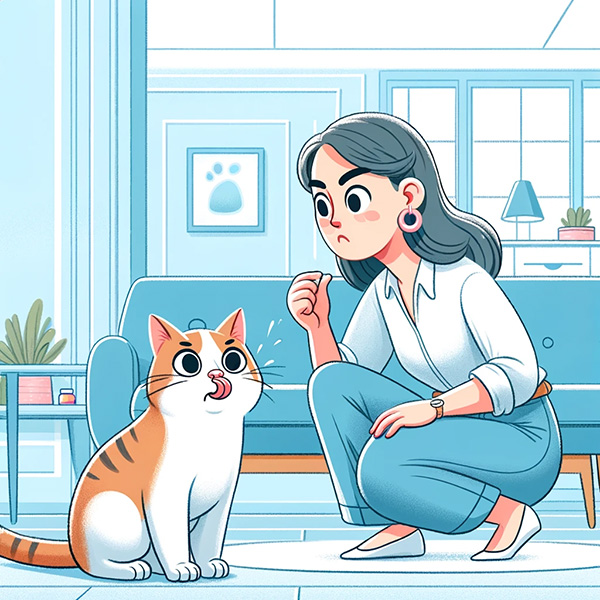
After administering the pill, ensure your cat has actually swallowed it! Many cats will lick their nose after they've ingested a pill. Cats can be very sneaky and try to spit out the pill, so be sure to pay attention for a few minutes after giving a pill.
Step 8: Reward and Praise

Immediately after successful administration, reward your cat with a treat they enjoy and offer praise. Gently rub her back and give ample petting. Provide plenty of praise and affection to establish a positive association with the experience. This step is crucial in ensuring your cat remains cooperative during future medication sessions.
Step 9: Monitor

Keep a close watch on your cat for any potential adverse reactions or side effects following medication. Monitor their behavior, appetite, and overall well-being. If you observe anything unusual or concerning, contact your veterinarian promptly for guidance.
What If My Cat Won't Take Pills?
If your uncooperative cat refuses to take pills, don't despair! There are alternative options available. Some medications are available in liquid form, which can be easier to administer. You can also inquire with your vet about the possibility of compounding the medication into a flavored liquid to make it more palatable for your cat. There are ear flap medications, which are absorbed through the skin in your cat's ear. If all else fails, consult your veterinarian for guidance. They can provide valuable advice and may even suggest different medications or formulations to ensure your feline friend gets the care they need.
